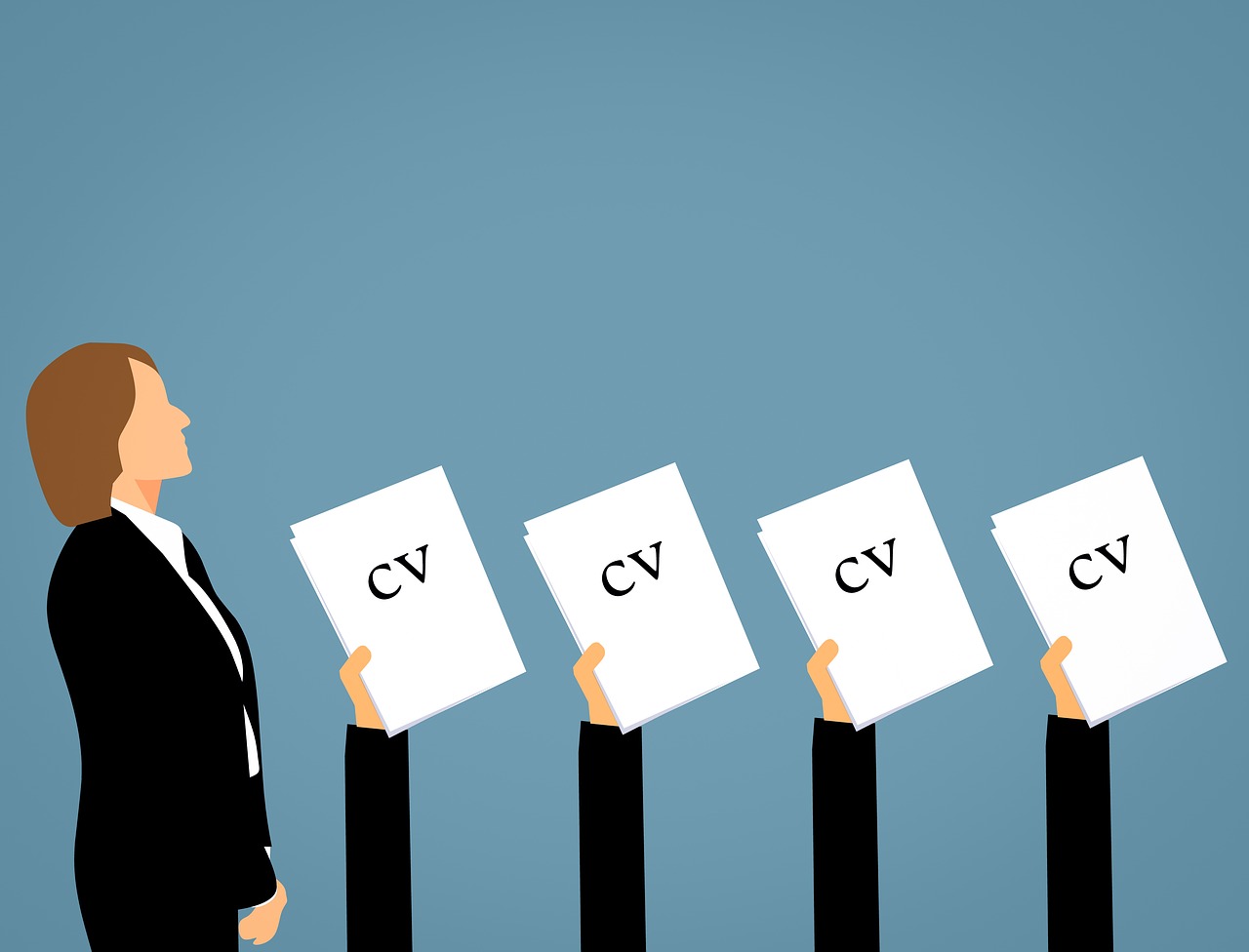Job Description
The job description is a written statement of what the worker actually does, how work is performed, and what the working conditions of the job.
Characteristic of a sample Job Description includes:
- Job identification
- Job summary
- Responsibilities and duties
- Authority of incumbent
- Standards of performance
- Working conditions
- Job specifications
Job Identification
- Job title: Name of the job
- Preparation date: when the description was written
- Prepared by: who wrote the description
Job Summary
- Describes the general nature of the job
- Lists the major functions or activities of the job
Responsibilities and Duties
- Defines boundaries & limitations of the jobholder
- Decision-making authority
- Direct supervision
- Budgetary limitations
Authority of Incumbent
- Reports to: immediate supervisor of employees
- Supervises: employees that the job incumbent directly supervises
- Works with: the job holder will be expected to work and come into contact with others internally.
- Outside the company: the job holder will be expected to work and come into contact with others externally.
Standards of Performance & Working Conditions
- The standards the employee is expected to achieve under each of the job description’s main duties and responsibilities.
Job Specifications
- Specifications for Trained Personnel
- Focus on traits
- Length of the previous service
- Quality of relevant training
- Previous job performance
- Focus on traits
- Specifications for Un-trained Personnel
- Focus on physical traits
- Personality
- Interests
- Sensory skills that imply some potential for performing to do the job
- Focus on physical traits
- Specifications Based on Judgment
- Self-created judgments (common sense)
- List of competencies in Web-based job descriptions (e.g., www.jobdescription.com)
- O*NET online
- Standard Occupational Classification
- Statistical Approach
- Analyze the job and decide how to measure job performance
- Select personal traits that should predict successful performance
- Test candidates for these traits
- Measure the subsequent job performance of the candidate
- Statistically analyze the relationship between the human trait and job performance
How to Write a Job Description:
- Decide a Plan
- Develop an Organization Chart
- Use a Job Analysis/Description (Questionnaire)
- Obtain Lists of Job Duties from O*NET
- Compile the Job’s Human Requirements from O*NET
- Complete Your Job Description
Job Analysis in perspective of “Jobless” World
Job – Generally defined as “a set of closely related activities carried out for pay.”
Job Enlargement – Assigning workers additional same level activities, thus increasing the number of activities they perform.
Job Enrichment – Redesigning jobs in a way that increase the opportunities for the worker to experience feelings of responsibility, achievement, growth, and recognition.
Job Rotation – Moving a trainee from one department to another department to broaden his or her experience, identify strong and weak points to prepare the person for an enhanced role with the company. This is systematically moving workers from one job to another to enhance team-work performance.
Job Analysis Competency-Based
Competencies
This is a person’s demonstrable characteristics that enable the performance of a job.
Competency-based Job Analysis
Describing a job in terms of the measurable, observable, behavioral competencies (knowledge, skills, and/or behaviors) an employee must exhibit to do a job well.
Reasons Using Competency Analysis
- To support HPWS
- If a high-performance work system is the goal then traditional job descriptions (with their lists of specific duties) may actually backfire.
- Maintain a strategic focus
- Describing the job in terms of the skills, knowledge, and competencies the worker needs is more strategic.
- Measuring performance
- Measurable skills, knowledge, and competencies are the heart of the performance management process in any company.
Performance Management
Managing all features of the organizational process that affect how well employees perform.
Types of competencies
- General Competencies
- Reading, Writing, and Mathematical reasoning.
- Leadership Competencies
- Leadership, Strategic Thinking, and Teaching others.
- Technical Competencies
- Specific Technical Competencies required for specific types of jobs and/or occupations.
Also, visit Human Resource Management – Part 1
Also, visit Human Resource Management – Part 2
Also, visit Human Resource Management – Part 3
